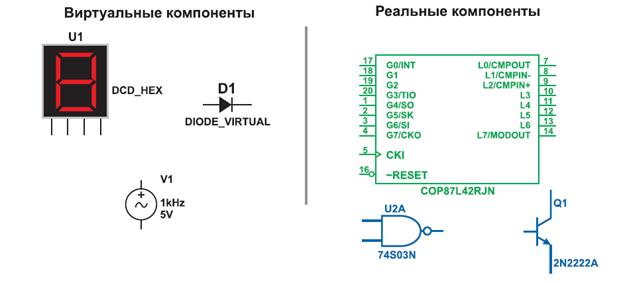Comparative definitions
Comparative definitions can be used to show your knowledge of the complexities surrounding terms in your field of study: to present a historical account of how a concept has changed over time and an overview of how various experts today view a concept differently. A) Read the following comparative definition and answer the questions: 1) In which sentences are the competing theories introduced? 2) Underline the sentence connectors in this text. Explain their use. 3) What do you think might follow this passage? A presentation of author’s own definition? An analysis of one event using different theories? Something else? 4) Do you think that the author of this passage remains neutral, or do you think he/she has a preference? If he/she has a preference, what do you think it is? Give your reasons.
Generally speaking, emotion is a complex state of feeling that results in physical and psychological changes that influence thought and behavior. Emotionality is associated with a range of psychological phenomena including temperament, personality, mood and motivation. According to author David G. Meyers, human emotion involves "...physiological arousal, expressive behaviors, and conscious experience." The major theories of motivation can be grouped into three main categories: physiological, neurological and cognitive. Physiological theories suggest that responses within the body are responsible for emotions. On the other hand, neurological theories propose that activity within the brain leads to emotional responses. Finally, cognitive theories argue that thoughts and other mental activity play an essential role in the formation of emotions. The James-Lange theory is one of the best-known examples of a physiological theory of emotion. Independently proposed by psychologist William James (1997) and physiologist Carl Lange (1994), the James-Lange theory of emotion suggests that emotions occur as a result of physiological reactions to events. According to this theory, you see an external stimulus that leads to a physiological reaction. Your emotional reaction is dependent upon how you interpret those physical reactions. Since the theory's inception, scientists have proven that not all aspects of the theory are relevant and true. The theory was challenged in the 1920s by psychologists such as Walter Cannon (1927) and Philip Bard, who theorized that physiological changes are caused by emotions, which is essentially the opposite of the James–Lange Theory. More specifically, the Cannon–Bard theory of emotion suggests that emotions result when the thalamus sends a message to the brain in response to a stimulus, resulting in a physiological reaction. Also known as the two-factor theory of emotion, the Schachter-Singer Theory is an example of a cognitive theory of emotion. This theory suggests that the physiological arousal occurs first, and then the individual must identify the reason behind this arousal in order to experience and label it as an emotion. While each of these theories can explain some aspect of emotion, none of them can successfully be applied to all instances of emotion. http://psychology.about.com/od/psychologytopics/a/theories-of-emotion.htm http://en.wikipedia.org/wiki/James%E2%80%93Lange_theory
|




